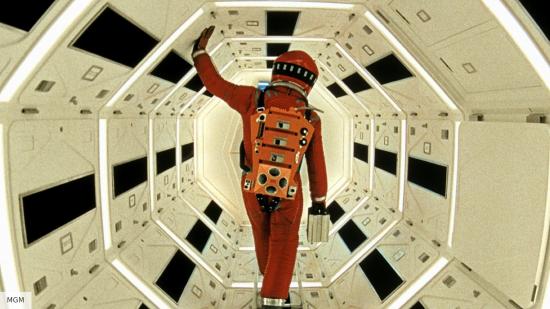It is relatively normal for films to lose scenes during the post-production phase. However, having deleted scenes buried in a secret underground vault is another thing entirely. Stanley Kubrick‘s 2001: A Space Odyssey is often considered one of the best movies ever made, so you can imagine the world’s shock when 17 minutes of footage for the science fiction movie was surprisingly unearthed in a salt mine vault in Kansas.
Yep, you read right: a salt mine. According to reports gathered by Forgotten Silver, Douglas Trumbull and David Larson, who were working on the cancelled documentary 2001: Beyond the Infinite: The Making of a Masterpiece, broke the news of the discovery. In 2010, while giving a presentation in Toronto, the two filmmakers let slip that Warner Bros had found the footage ‘in perfect condition’.
According to IMDb, when the film was first released in 1968, it was 19 minutes longer than its current 160-minute runtime. Kubrick reportedly went back to trim the flick, and the recovered footage is presumed to be what was uncovered years later.
IMDb lists that the following scenes are most likely to be included in the deleted footage: Some shots from the ‘Dawn of Man’ sequence which include two new scenes with an ape and a monolith. A scene with Frank Poole jogging in the centrifuge. A sequence of Dave Bowman searching for the replacement antenna part in storage.
Other supposed moments are a new scene where HAL severs radio communication between the Discovery and Poole’s pod, and a couple of shots of Poole’s space walk before he meets his demise.
Now you may be wondering why the heck Warner Bros stored the deleted footage in a salt mine. According to a Vice article, the mines are a top-tier storage place for any perishable material such as film. “It’s incredibly dry down there, microbes that could eat away at valuables can’t survive in the mines, rock salt doesn’t burn, and it’s always a wonderful 68 degrees.”
Vice also clarifies how the underground units are deep enough to avoid impact from natural or nuclear disasters, keeping the studio’s valuables safe in all instances. Studios would come back to use old footage from classic films when needed, knowing that the quality wouldn’t be tarnished even years later.
Unfortunately, Warner Bros still hasn’t done anything with the said 17 minutes of the film. Although we may never get a chance to see it, at least we know that it was kept safe in case a future chance ever arises.
